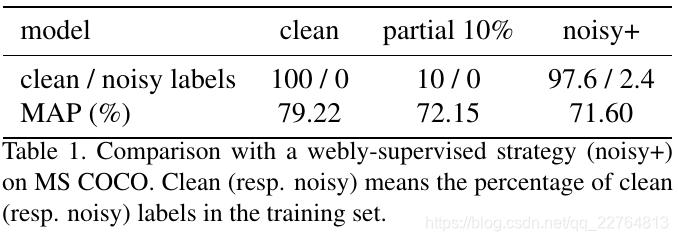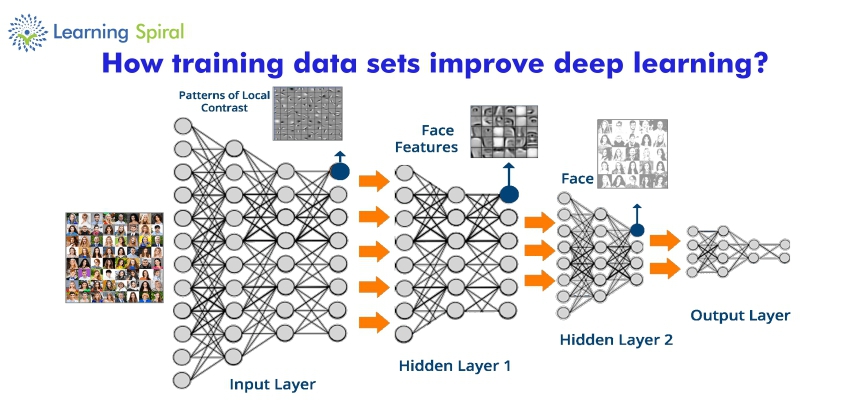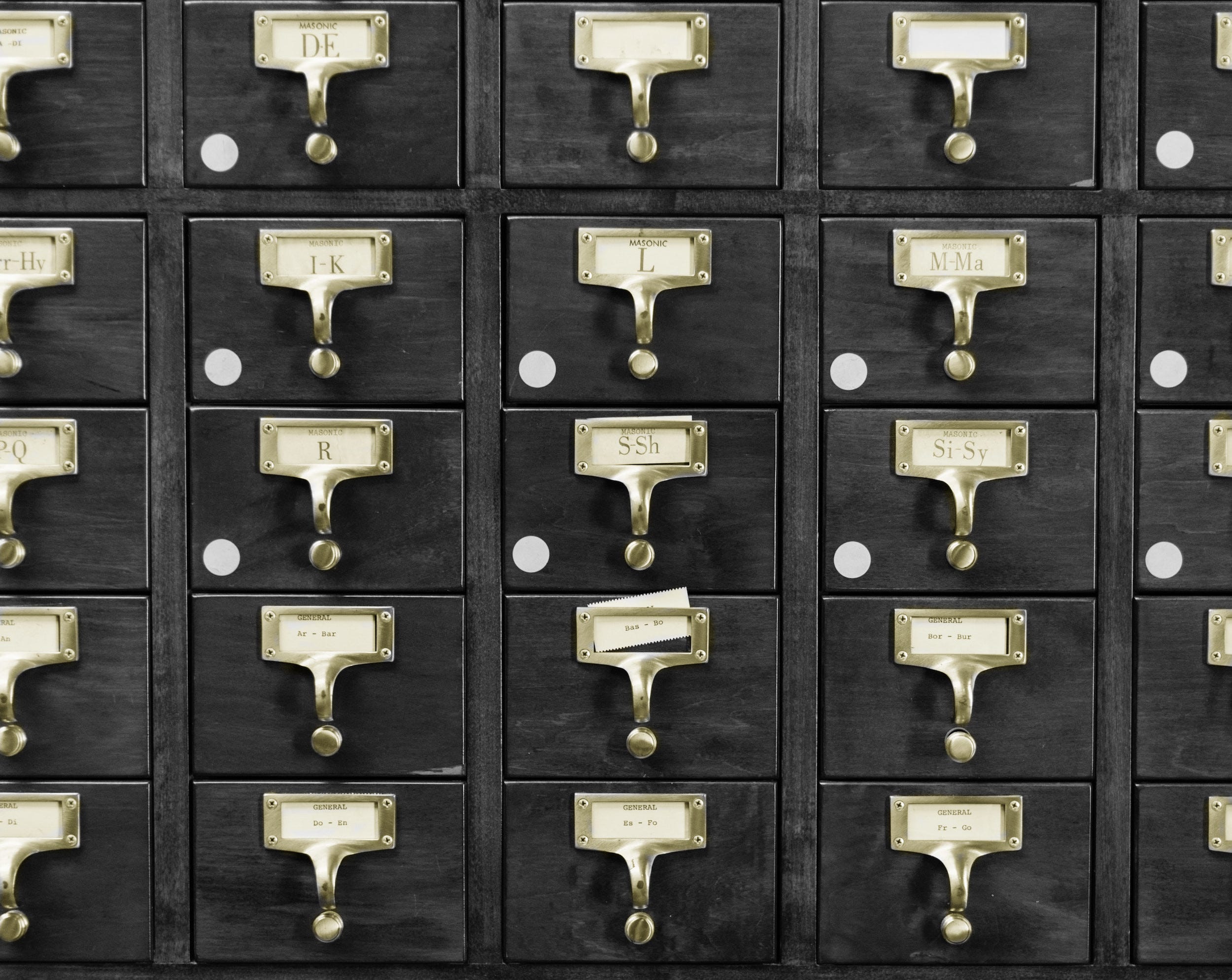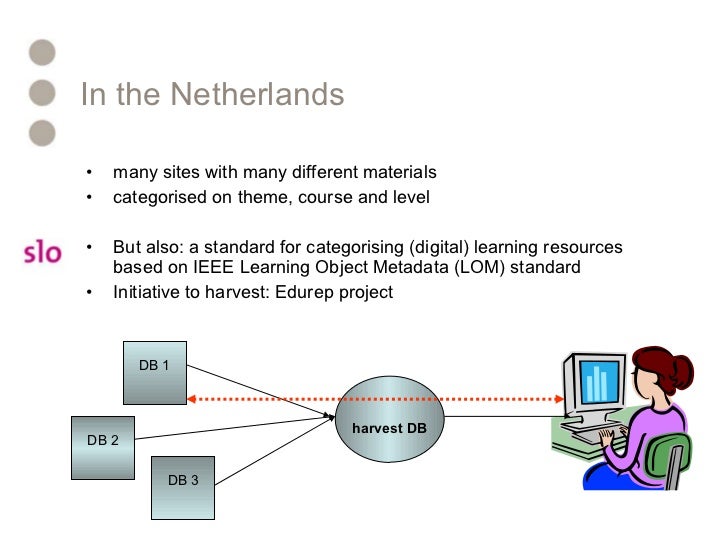43 soft labels deep learning
› science › articleAdversarial Attacks and Defenses in Deep Learning Mar 01, 2020 · Qi CR, Su H, Mo K, Guibas LJ. PointNet: deep learning on point sets for 3D classification and segmentation. In: Proceedings of the 2017 IEEE Conference on Computer Vision and Pattern Recognition; 2017 Jul 21–26; Honolulu, HI, USA; 2017. p. 652–60. Learning with not Enough Data Part 1: Semi-Supervised Learning Xie et al. (2020) applied self-training in deep learning and achieved great results. On the ImageNet classification task, ... One is to adopt MixUp with soft labels. Given two samples, $(\mathbf{x}_i, \mathbf{x}_j)$ and their corresponding true or pseudo labels $(y_i, y_j)$, the interpolated label equation can be translated to a cross entropy ...
Label-Free Quantification You Can Count On: A Deep Learning ... - Olympus Although it shows excellent correspondence between the two methods, the total number of objects detected with deep learning was around 3% higher. Figure 2: Nuclei detected using fluorescence (left), the corresponding brightfield image (middle), and object shape predicted by deep learning technology (right).

Soft labels deep learning
MetaLabelNet: Learning to Generate Soft-Labels from Noisy-Labels Soft-labels are generated from extracted features of data instances, and the mapping function is learned by a single layer perceptron (SLP) network, which is called MetaLabelNet. Following, base classifier is trained by using these generated soft-labels. These iterations are repeated for each batch of training data. Multi-Class Neural Networks: Softmax | Machine Learning - Google Developers Candidate sampling means that Softmax calculates a probability for all the positive labels but only for a random sample of negative labels. For example, if we are interested in determining whether... Muddling Label Regularization: Deep Learning for Tabular Datasets Deep Learning (DL) is considered the state-of-the-art in computer vision, speech recognition and natural language processing. Until recently, it was also widely accepted that DL is irrelevant for learning tasks on tabular data, especially in the small sample regime where ensemble methods are acknowledged as the gold standard. We present a new end-to-end differentiable method to train a ...
Soft labels deep learning. Robust Training of Deep Neural Networks with Noisy Labels by Graph ... 2.1 Deep Neural Networks with Noisy Labels Several deep learning-based methods have been proposed to solve the image classification with the noisy labels. In addition to co-teaching [ 5, , 4 As well as the proposed method, the following approaches utilize a small set of samples with clean labels. GitHub - jveitchmichaelis/deeplabel: A cross-platform desktop image ... For example, Darknet uses an 80-class file, Tensorflow models often use a 91-class file, MobileNet-SSD outputs labels starting from 1, Faster-RCNN outputs labels starting from 0, etc. You can then run inference on a single image (the magic wand icon), or an entire project ( Detection->Run on Project ). What is the definition of "soft label" and "hard label"? A soft label is one which has a score (probability or likelihood) attached to it. So the element is a member of the class in question with probability/likelihood score of eg 0.7; this implies that an element can be a member of multiple classes (presumably with different membership scores), which is usually not possible with hard labels. Learning Soft Labels via Meta Learning The learned labels continuously adapt themselves to the model's state, thereby providing dynamic regularization. When applied to the task of supervised image-classification, our method leads to consistent gains across different datasets and architectures. For instance, dynamically learned labels improve ResNet18 by 2.1% on CIFAR100.
A radical new technique lets AI learn with practically no data With carefully engineered soft labels, even two examples could theoretically encode any number of categories. "With two points, you can separate a thousand classes or 10,000 classes or a million ... Soft-Label Dataset Distillation and Text Dataset Distillation Using `soft' labels also enables distilled datasets to consist of fewer samples than there are classes as each sample can encode information for multiple classes. For example, training a LeNet model with 10 distilled images (one per class) results in over 96% accuracy on MNIST, and almost 92% accuracy when trained on just 5 distilled images. Loss and Loss Functions for Training Deep Learning Neural Networks Almost universally, deep learning neural networks are trained under the framework of maximum likelihood using cross-entropy as the loss function. Most modern neural networks are trained using maximum likelihood. This means that the cost function is […] described as the cross-entropy between the training data and the model distribution. › articles › s41467/021/21879-wDeepTCR is a deep learning framework for revealing sequence ... Mar 11, 2021 · The advent of high-throughput T-cell receptor sequencing has allowed for the rapid and thorough characterization of the adaptive immune response. Here the authors show how deep learning can reveal ...
› science › articleExplainable artificial intelligence (XAI) in deep learning ... Jul 01, 2022 · Deep learning has invoked tremendous progress in automated image analysis. Before that, image analysis was commonly performed using systems fully designed by human domain experts. For example, such image analysis system could consist of a statistical classifier that used handcrafted properties of an image (i.e., features) to perform a certain task. Learning from Noisy Labels with Deep Neural Networks: A Survey As noisy labels severely degrade the generalization performance of deep neural networks, learning from noisy labels (robust training) is becoming an important task in modern deep learning... How to map softMax output to labels in MXNet - Stack Overflow 1. In Deep learning the predictions are often encoded using one hot vector. I am using MXNet for creating a simple Neural Network which classifies images of animals as cats,dogs,horses etc. When I call the Predict method of MXNet it returns me a softmax output. Now, how do I determine that the index of the entry in the softmax output ... (PDF) Deep learning with noisy labels: Exploring techniques and ... In this paper, we first review the state-of-the-art in handling label noise in deep learning. Then, we review studies that have dealt with label noise in deep learning for medical image analysis....
Pseudo Labelling - A Guide To Semi-Supervised Learning Semi-Supervised Learning (SSL) which is a mixture of both supervised and unsupervised learning. By There are 3 kinds of machine learning approaches- Supervised, Unsupervised, and Reinforcement Learning techniques. Supervised learning as we know is where data and labels are present. Unsupervised Learning is where only data and no labels are present.
Unsupervised deep hashing through learning soft pseudo label for remote ... We design a deep auto-encoder network SPLNet, which can automatically learn soft pseudo-labels and generate a local semantic similarity matrix. The soft pseudo-labels represent the global similarity between inter-cluster RS images, and the local semantic similarity matrix describes the local proximity between intra-cluster RS images. 3.
openaccess.thecvf.com › content_ICCV_2019 › papersSymmetric Cross Entropy for Robust Learning With Noisy Labels 3.2. Weakness of CE under Noisy Labels We now highlight some weaknesses of CE for DNN learning with noisy labels, based on empirical evidence on CIFAR-10 dataset [9] (10 classes of natural images). To generate noisy labels, we randomly flip a correct label to one of the other 9 incorrect labels uniformly (e.g., symmet-
How To Label Data For Semantic Segmentation Deep Learning Models ... Image segmentation deep learning can gather accurate information of such fields that helps to monitor the urbanization and deforestation through images taken from satellites or autonomous flying ...
What is Label Smoothing?. A technique to make your model less… | by ... Label smoothing is used when the loss function is cross entropy, and the model applies the softmax function to the penultimate layer's logit vectors z to compute its output probabilities p. In this setting, the gradient of the cross entropy loss function with respect to the logits is simply ∇CE = p - y = softmax (z) - y
Label Smoothing — Make your model less (over)confident Label smoothing is often used to increase robustness and improve classification problems. Label smoothing is a form of output distribution regularization that prevents overfitting of a neural network by softening the ground-truth labels in the training data in an attempt to penalize overconfident outputs. The intuition behind label smoothing is ...

【multi-label】Learning a Deep ConvNet for Multi-label Classification with Partial Labels_猫猫与橙子的博客 ...
Validation of Soft Labels in Developing Deep Learning Algorithms for ... Validation of Soft Labels in Developing Deep Learning Algorithms for Detecting Lesions of Myopic Maculopathy From Optical Coherence Tomographic Images The predicted possibilities from the models trained by soft labels were close to the results made by myopia specialists.
medium.com › fintechexplained › machine-learningMachine Learning Hard Vs Soft Clustering - Medium Jun 06, 2019 · This article presents an overview of the two forms of clustering, known as hard and soft clustering. Although soft clustering is not highlighted in most of the machine learning articles but it is ...
ufldl.stanford.edu › tutorial › supervisedUnsupervised Feature Learning and Deep Learning Tutorial Softmax regression (or multinomial logistic regression) is a generalization of logistic regression to the case where we want to handle multiple classes. In logistic regression we assumed that the labels were binary: y^{(i)} \in \{0,1\}. We used such a classifier to distinguish between two kinds of hand-written digits.
Understanding Deep Learning on Controlled Noisy Labels - Google AI Blog In "Beyond Synthetic Noise: Deep Learning on Controlled Noisy Labels", published at ICML 2020, we make three contributions towards better understanding deep learning on non-synthetic noisy labels. First, we establish the first controlled dataset and benchmark of realistic, real-world label noise sourced from the web (i.e., web label noise ...
subeeshvasu/Awesome-Learning-with-Label-Noise - GitHub 2017-Arxiv - Deep Learning is Robust to Massive Label Noise. [Paper] 2017-Arxiv - Fidelity-weighted learning. [Paper] 2017 - Self-Error-Correcting Convolutional Neural Network for Learning with Noisy Labels. [Paper] 2017-Arxiv - Learning with confident examples: Rank pruning for robust classification with noisy labels. [Paper] [Code]
How to make use of "soft" labels in binary classification - Quora If you're in possession of soft labels then you're in luck, because you have more information about the ground truth that you would from binary labels alone: you have the true class and its degree. For one, you're entitled to ignore the soft information and treat the problem as a bog-standard classification.
Label Smoothing Explained | Papers With Code Label Smoothing. Label Smoothing is a regularization technique that introduces noise for the labels. This accounts for the fact that datasets may have mistakes in them, so maximizing the likelihood of log p ( y ∣ x) directly can be harmful. Assume for a small constant ϵ, the training set label y is correct with probability 1 − ϵ and ...
A semi-supervised learning approach for soft labeled data Abstract: In some machine learning applications using soft labels is more useful and informative than crisp labels. Soft labels indicate the degree of membership of the training data to the given classes. Often only a small number of labeled data is available while unlabeled data is abundant.
towardsdatascience.com › deep-learning-which-lossDeep Learning: Which Loss and Activation Functions should I ... Jul 26, 2018 · If there are multiple labels in your data then you should look to section Categorical: Predicting multiple labels from multiple classes. Regression: Predicting a numerical value. E.g. predicting the price of a product. The final layer of the neural network will have one neuron and the value it returns is a continuous numerical value.
Learning from Noisy Labels with Deep Neural Networks: A Survey Classification is a representative supervised learning task for learning a function that maps an input feature to a label [ 28]. In this paper, we consider a c -class classification problem using a DNN with a softmax output layer. Let X ⊂Rd be the feature space and Y={0,1}c be the ground-truth label space in a one-hot manner.












Post a Comment for "43 soft labels deep learning"